Ghost Fleet Overlord program. New crewless ships for the US Navy
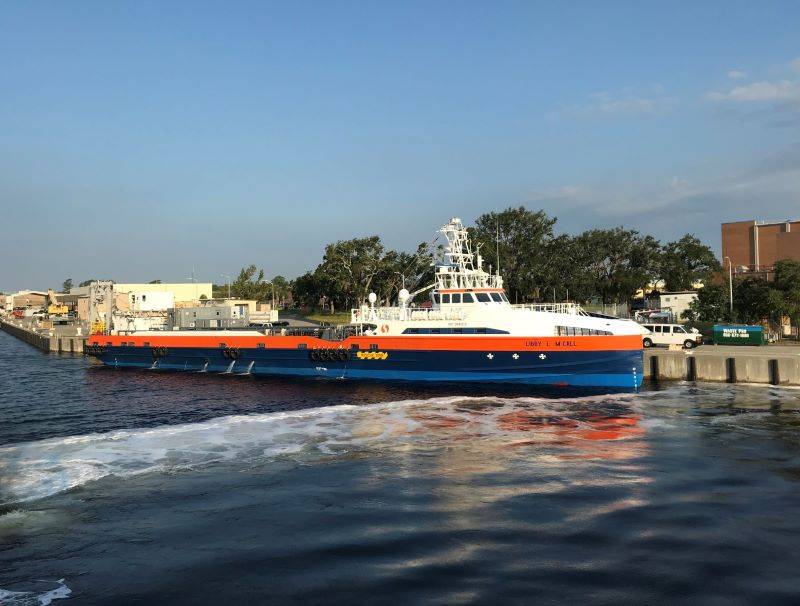
Over the past few years, the US Navy and its contractors have been involved in the Ghost Fleet Overlord experimental program. Within the framework of this project, various studies and experiments were carried out in the field of unmanned surface vessels. To date, all the tasks of the program have been successfully completed, which allows curtailing it and moving on to new promising projects.
Ghost Fleet
The US Navy is showing great interest in unmanned military vessels. The launch of another research program in this area was announced in September 2017. It was called Overlord (“Lord”) or Ghost Fleet Overlord (“Ghost Fleet Overlord”). The aim of this program, divided into two phases and spanning several years, was to test a promising concept.
During Ghost Fleet Overlord, it was proposed to test the possibility of rebuilding a "regular" ship into an autonomous unmanned complex. He had to independently move along a given route or conduct patrols, as well as carry and use various types of payloads. Required autonomy - 90 days.
The Pentagon's Office of Strategic Opportunities was appointed research coordinator. It was planned to involve commercial organizations with experience in the field of shipbuilding and autonomous technologies in the development and construction of experimental vessels. It is curious that the full list of participants in the program has not yet been disclosed.
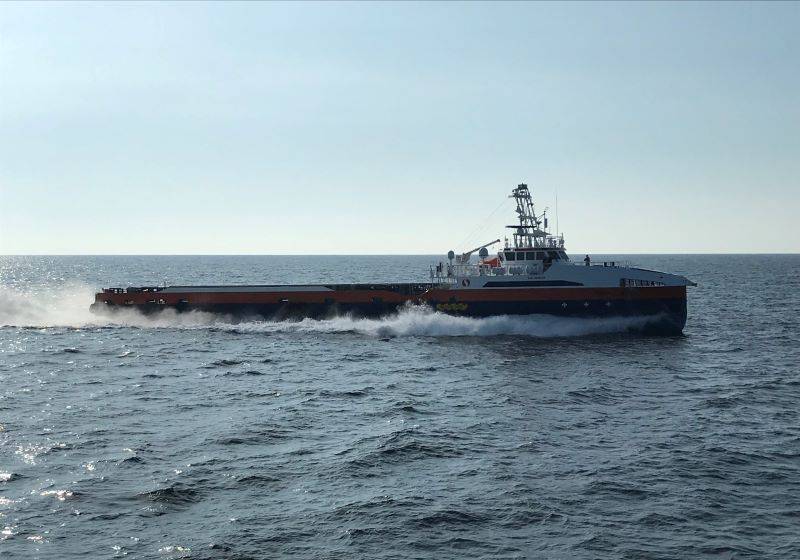
The work on GFO was divided into two stages. During the first, it was planned to develop an autonomous control complex with all the necessary means. Then the contractors were required to build two experimental autonomous vessels and conduct preliminary tests. The first stage took two years.
At the second stage, the vessels had to undergo full-scale tests in conditions close to real operation. It was planned to check the target loads of all intended types, including weapons. It was also necessary to check the interaction of autonomous ships with other ships. The plan was to complete the second phase no later than 2021.
Ships at sea
The first phase of the GFO program was successfully implemented on time. At the same time, the work was carried out with the necessary secrecy, and most of the information was not published. Details of the work were published only in October 2019 - on the eve of the start of the second stage.
Then the Navy reported that during the first stage, the project participants successfully developed two versions of an unmanned vessel and produced prototypes under the names Ranger USV and Nomad USV. They were based on commercial "fast supply vessels" of an unnamed type. They underwent some refinement and received fundamentally new controls and other equipment. At the same time, regular cuttings with crew jobs were retained for testing. Also provided the possibility of remote control.
As part of the first stage of the program, Ranger and Nomad passed sea trials. The overall performance and reliability of old and new systems were confirmed. The ability of the new automation to fully manage the vessel was tested in compliance with all the rules and taking into account current conditions. Various transitions were carried out along different routes, incl. over long distances and under difficult conditions.
In total, the two vessels have accumulated more than 600 hours of autonomous operation. Testers were constantly present on the ships, but their help was practically not required. Automation showed its best side and confirmed the calculated characteristics.
The second stage
Already in the fall of 2019, preparations began for the second stage of testing. Planned new, more complex sea trials on the high seas and on long routes. Also, the ships had to show themselves as carriers of intelligence equipment, special radio equipment and even weapons.
As before, the preparations and the first tests took place in an atmosphere of secrecy, and the Navy was in no hurry to disclose their results. Official reports appeared later and immediately showed that the project had made significant progress of various kinds.
In October 2020, the Ranger USV made the transition from its home base on the coast of the Gulf of Mexico to California. The route, more than 4400 nautical miles long, ran through the Panama Canal. Almost the entire distance was covered by the vessel in automatic mode. The only exception was the Panama Canal, through which we had to go manually.
At the beginning of June 2021, a Nomad USV prototype made a similar voyage. Despite the differences in the composition of the onboard equipment, he successfully coped with the task and repeated the successes of the Ranger. Under the control of the crew, we had to go through only 2% of the entire route.
In early September, the Pentagon showed combat tests of the Ranger USV, turned into a strike ship. On the deck of this prototype, a container launcher for four SM-6 missiles and related devices was placed. Under the control of automation, the ship went to a given area, carried out the necessary procedures and performed a missile launch at a training target. This showed that the GFO project also has combat potential.
Program final
A few days ago, the latest news the Ghost Fleet Overlord program, as well as future plans for the Navy. It is reported that in December the next demonstration tests took place, during which the reliability and autonomy of the vessels were again tested. In addition, joint maneuvers of ships were held last year. fleet and unmanned ships with a joint solution of training problems.
In general, all recent tests were completed successfully. At the same time, some shortcomings were identified, which now need to be corrected for the further development of new technologies. It is likely that the GFO test vessels will be finalized and improved. However, even in their current form, they almost fully meet the requirements, and we can talk about the success of the program.
Since the Ghost Fleet Overlord program has fully completed its tasks, it is now going to be closed. At the same time, two vessels will not remain idle. The experimental Ranger and Nomad will be transferred to the experimental unmanned Surface Warfare Development Squadron.
The fleet will continue to work with them and will conduct new studies and tests. From 2023-24 ships are planned to be involved in the exercises of the Navy in different roles. The possibility of building two new vessels with similar equipment is currently being considered.
Results of the program
The main result of the GFO is a new stand-alone instrument cluster with all the necessary functions. Probably, it does not have a rigid binding to a specific platform and can be used with different media. Such a complex gives the US Navy new capabilities that can be used to solve a wide range of tasks.
In theory, with the help of a universal control complex, it is possible to quickly and easily upgrade various ships or boats, turning them into unmanned complexes with the desired characteristics. This in a certain way simplifies and speeds up the construction of a "ghost fleet" of the required size with all the necessary capabilities.
The equipment of the GFO project is fundamentally compatible with various target equipment and weapons. Accordingly, the "Overlords" of various configurations are capable of patrolling and reconnaissance, as well as searching for and hitting targets. This opens up the widest possibilities. Thus, the SM-6 missile, tested on the Ranger last year, can be used as an anti-aircraft missile or for strikes against surface and coastal targets.
It should be noted that the actual level of development of new technologies and systems is unknown. Judging by the latest news, the Overlord control complex is not yet ready for use in real technology projects with an eye to real operation. In addition, the construction of unmanned complexes based on available ships is in question. Whether the Pentagon will develop such ideas and projects is a big question.
The fate of the developments on the completed Ghost Fleet Overlord program is not yet clear, but the prospects for the entire unmanned direction are obvious. It is of great interest to the US Navy, and therefore work on it will continue. And, given the events of recent years, we can expect that the further development of autonomous ships of ships will not do without ideas and developments on the "Overlord".
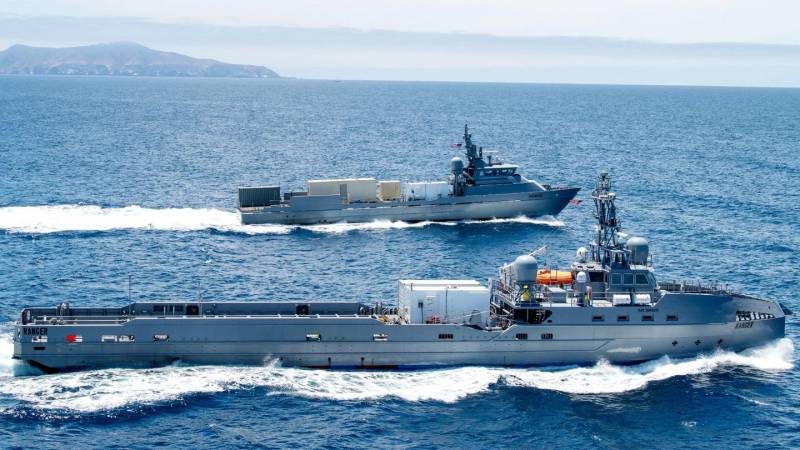
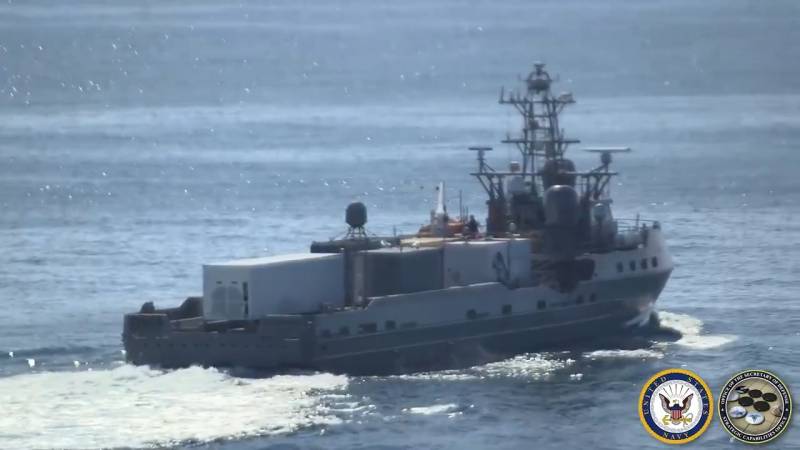
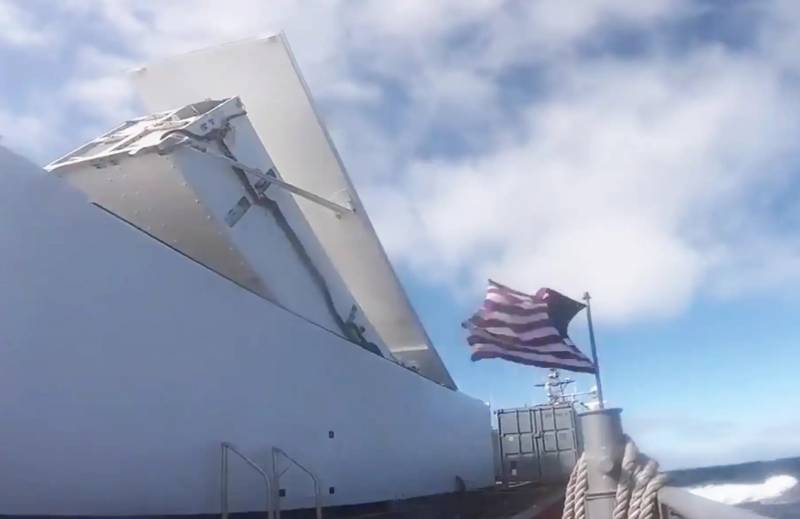
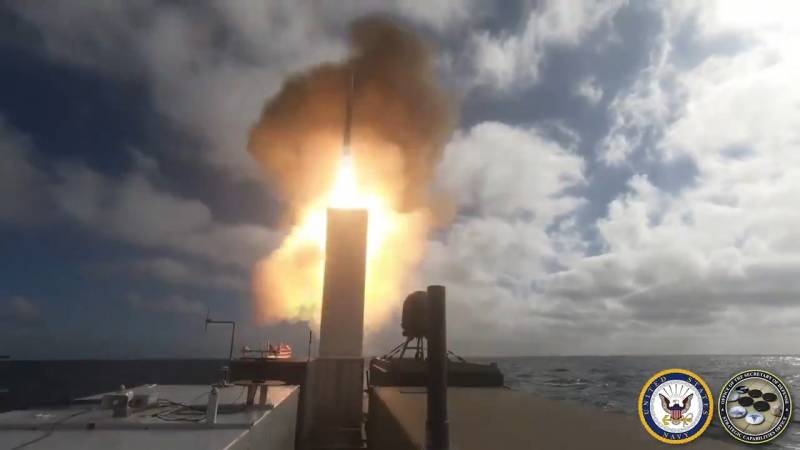
Information